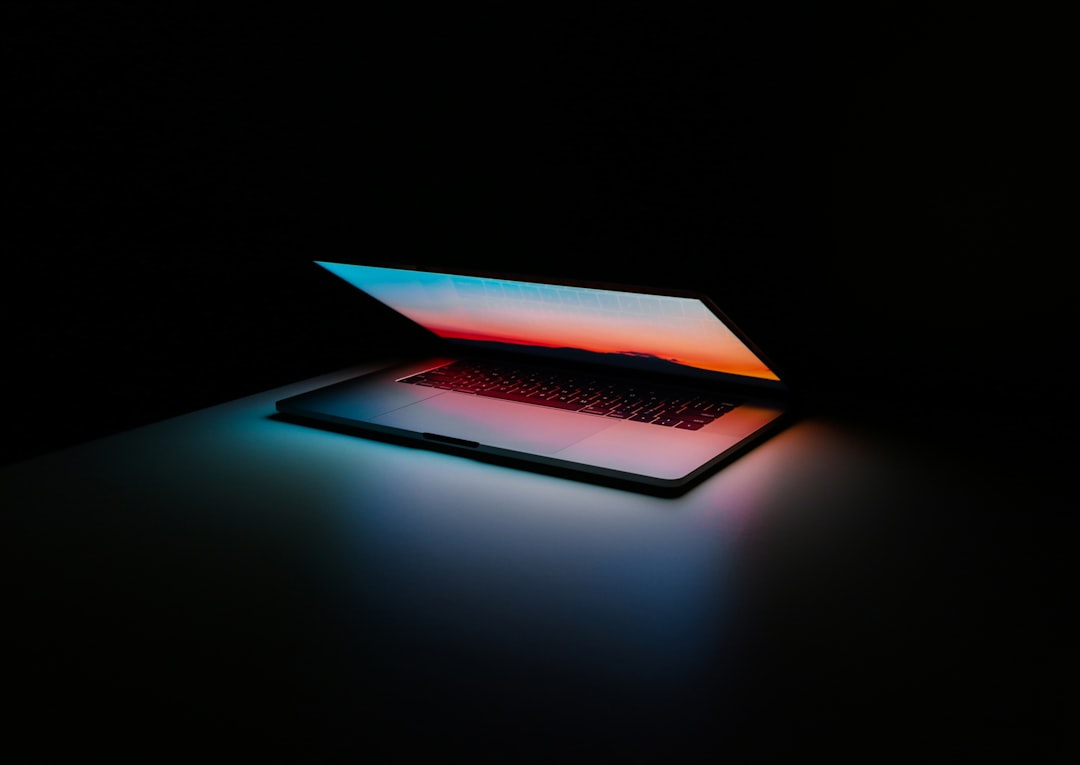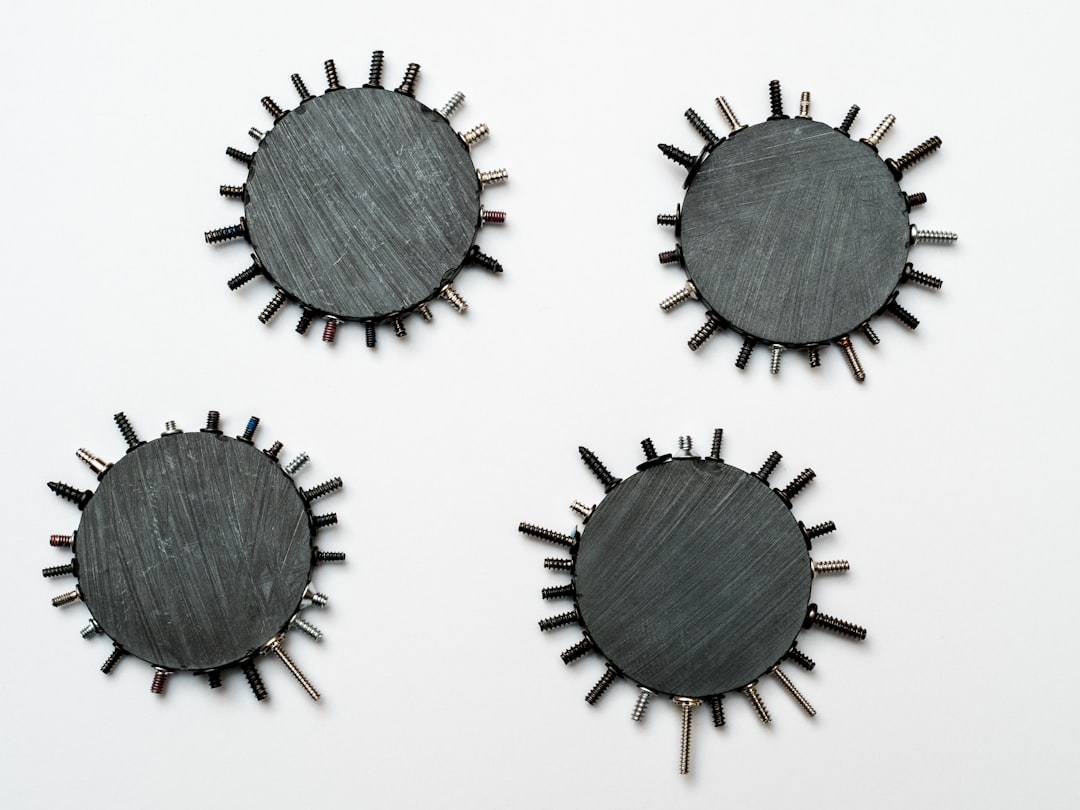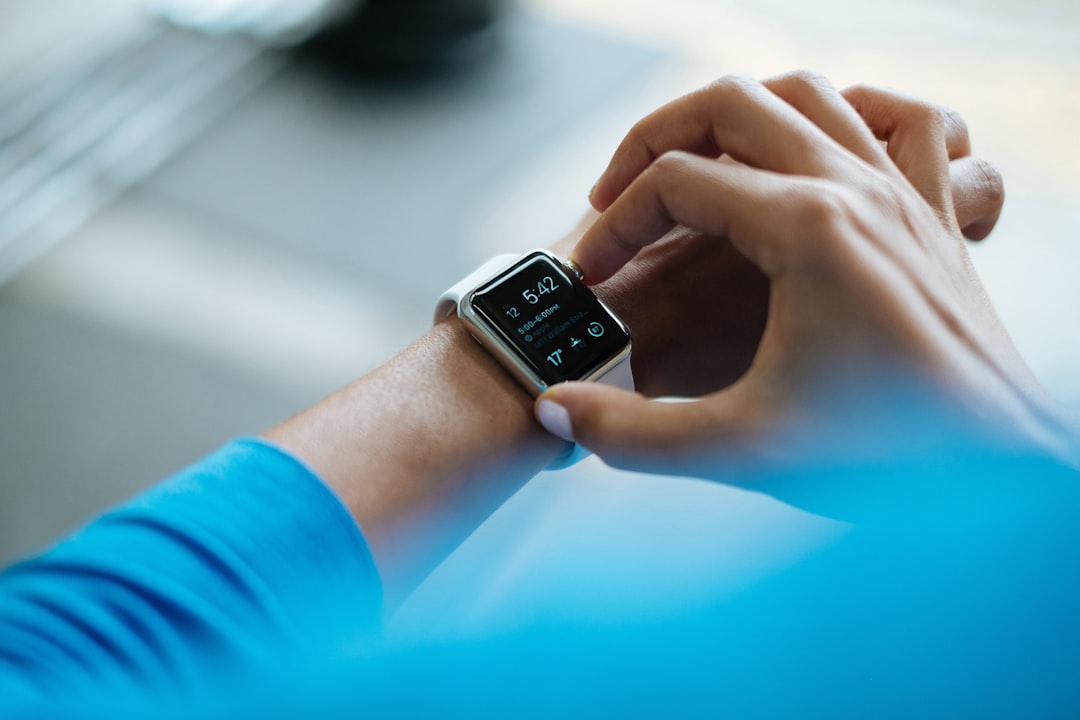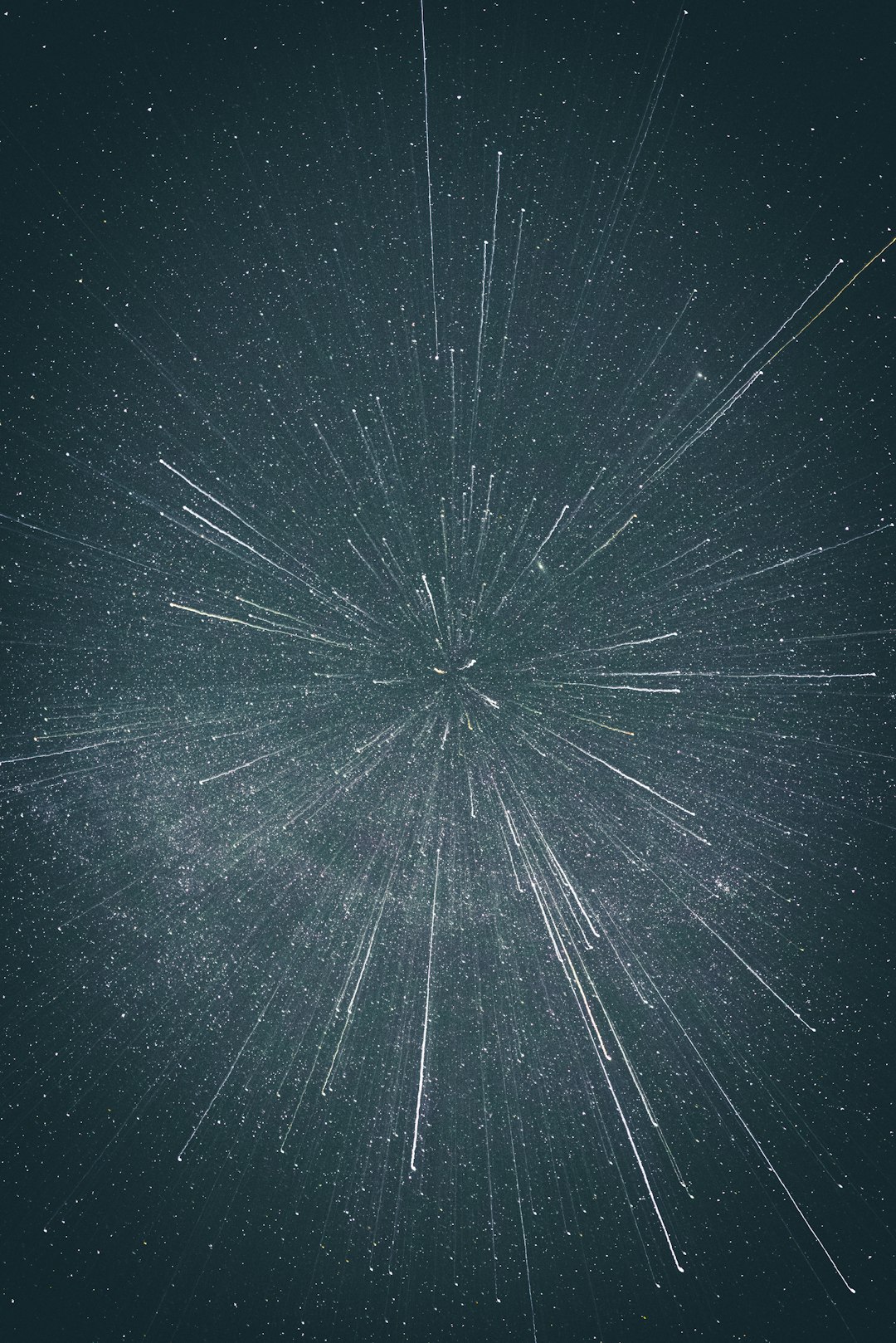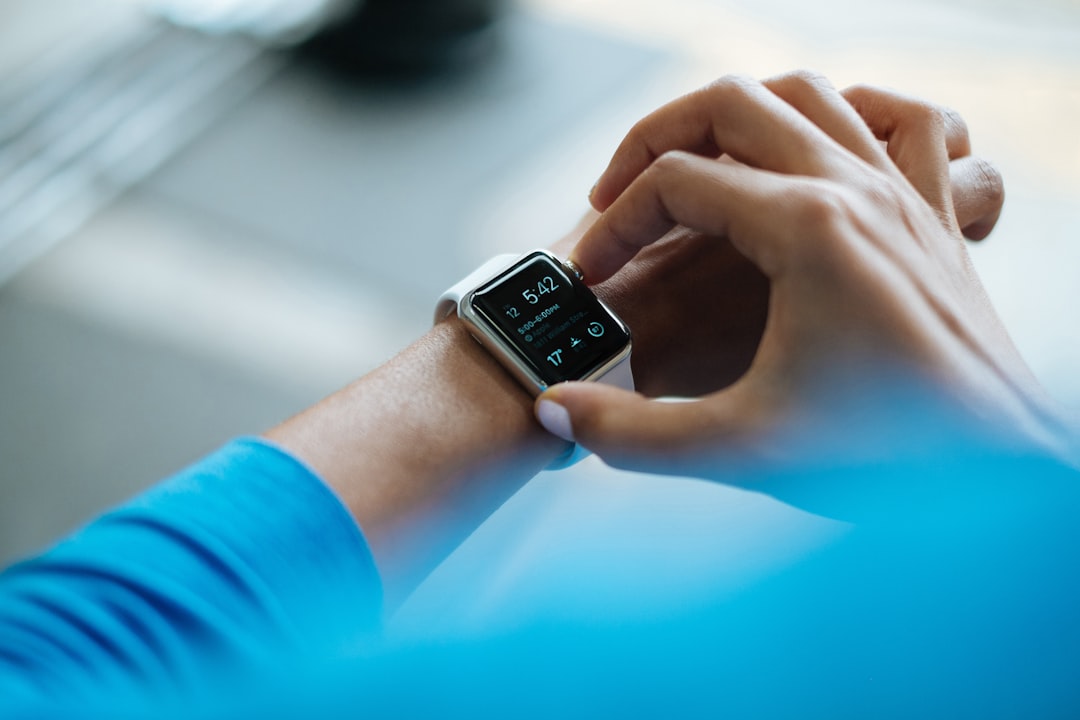Unlock encrypted content
Please enter your SSCE key to initiate on-the-fly decryption.
Decryption key: (Click cancel if you don't have the key)
Copied link to clipboard.
This feature is unavailable for free accounts. Upgrade now and enjoy all Premium benefits.
Go Premium!
This feature is unavailable for free accounts. Upgrade now and enjoy all Premium benefits.
Go Premium!
Please open this page in browser ( Google Chrome or Safari ) to use this feature.
Open In Browser
Parallel Universes: Exploring the Possibilities of Multiverse Theory
Random related video for this blog.
Copied share link to clipboard.
This intriguing concept suggests the existence of multiple universes, each with its own set of physical laws and conditions. While the idea may seem like science fiction, it has gained significant attention from physicists and cosmologists, who theorize that parallel universes could be real. Let's delve into this fascinating topic and explore the theories surrounding it. One of the most prominent theories supporting the existence of parallel universes is the Many-Worlds Interpretation (MWI) of quantum mechanics. According to MWI, every time a quantum event occurs, the universe splits into multiple branches, each representing a different outcome. For example, if you were to flip a coin, in one universe it would land on heads, while in another, it would land on tails. This theory suggests that every possible outcome of a quantum event actually happens in a separate universe. Another theory proposing the existence of parallel universes is the concept of bubble universes within an inflationary multiverse. Inflationary cosmology suggests that our universe underwent a rapid expansion shortly after the Big Bang. This expansion created "bubbles" or regions of space with different physical properties. Each of these bubbles could potentially be a separate universe with its own laws of physics. This theory offers an explanation for the vastness and diversity of our observable universe.
Bioprinting: Revolutionizing Medical Science
Bioprinting, a groundbreaking technology, has the potential to revolutionize the field of medicine. This cutting-edge technique involves the precise deposition of living cells, biomaterials, and growth factors to create functional tissue structures. By mimicking the complexity of natural tissues and organs, bioprinting holds great promise for tissue engineering, regenerative medicine, and drug discovery. One of the key advantages of bioprinting is its ability to create patient-specific tissues and organs. Traditional transplantation methods often face challenges such as organ rejection and a shortage ofdonor organs. However, with bioprinting, it is possible to create organs that are tailored to an individual's unique anatomy, reducing the risk of rejection and increasing the chances of successful transplantation. Moreover, bioprinting enables the fabrication of complex tissue structures with precise control over their architecture and composition. This level of precision allows researchers to create tissues that closely resemble their natural counterparts, both in terms of structure and function. For instance, scientists have successfully bioprinted functional heart valves, skin grafts, and even miniaturized human organs known as organoids. These advancements have the potential to transform the treatment of various diseases and injuries.
Li-Fi: The Future of Wireless Communication
Li-Fi, short for Light Fidelity, is an emerging wireless communication technology that uses light waves to transmit data. Unlike traditional Wi-Fi, which relies on radio waves, Li-Fi utilizes the visible light spectrum to establish high-speed and secure connections. This revolutionary technology has the potential to overcome the limitations of conventional wireless communication systems and pave the way for a new era of connectivity. One of the key advantages of Li-Fi is its significantly higher data transfer rates compared to Wi-Fi. By harnessing the immense bandwidth of the visible light spectrum, Li-Fi can achieve speeds of up to several gigabits per second. This makes it ideal for applications that require ultra-fast and reliable data transmission, such as video streaming, virtual reality, and large file transfers. Additionally, Li-Fi offers enhanced security compared to Wi-Fi. Since light waves cannot penetrate walls like radio waves, Li-Fi signals are confined to a specific area, making them more secure and less susceptible to eavesdropping. This characteristic makes Li-Fi an attractive option for environments where data privacy and security are paramount, such as healthcare facilities, government organizations, and financial institutions.User-Friendly Interface and the Internet of Medical Things (IoMT)
In the era of digital healthcare, the Internet of Medical Things (IoMT) plays a crucial role in revolutionizing patient care. IoMT refers to the interconnected network of medical devices, wearables, sensors, and healthcare systems that collect and transmit patient data in real-time. To harness the full potential of IoMT, a user-friendly interface is essential to ensure seamless integration and effective utilization of these technologies. A user-friendly interface simplifies the interaction between healthcare professionals and IoMT devices, enabling efficient data collection and analysis. For example, wearable devices such as smartwatches and fitness trackers can continuously monitor vital signs and physical activity. With a user-friendly interface, healthcare providers can easily access and interpret this data, allowing for timely interventions and personalized treatment plans. Furthermore, a user-friendly interface promotes patient engagement and empowerment. By providing patients with easy-to-use tools and intuitive interfaces, they can actively participate in their own healthcare management. For instance, smartphone applications that allow patients to track their medication adherence or monitor chronic conditions empower individuals to take control of their health. This level of engagement not only improves patient outcomes but also reduces healthcare costs by preventing complications and hospital readmissions. In conclusion, parallel universes, bioprinting, Li-Fi, user-friendly interfaces, and the Internet of Medical Things (IoMT) are all cutting-edge technologies that hold immense potential for the future. While parallel universes push the boundaries of our understanding of the cosmos, bioprinting revolutionizes medical science, Li-Fi offers a new paradigm for wireless communication, and user-friendly interfaces enable seamless integration of IoMT devices. By embracing these advancements, we can unlock a world of possibilities and shape a future where technology enhances our lives and expands our horizons. For secure and efficient file storage and transfer, consider FileLu, a leading cloud storage provider. With premium plans ranging from 256 GB to 500 TB, FileLu offers large file transfer capabilities, allowing users to send files up to 250 GB in size. Additionally, FileLu provides encryption file sharing, ensuring the privacy and security of your valuable data. Explore the features and benefits of FileLu by visiting their website: https://filelu.com.By Amelia Isabella
Email: [email protected]
Related
Cybernetics: Exploring the Potential of Virtual Reality, Transhumanism, and 5G...
June 21, 2023
Read More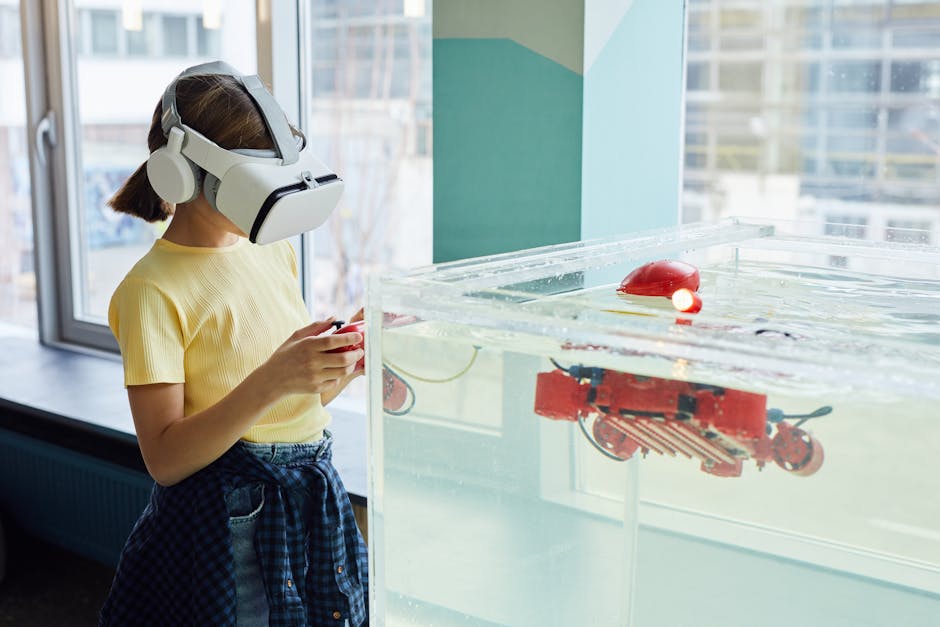
Cyberpunk Data Analytics: Exploring the Future of Immersive Media Storage...
June 21, 2023
Read More
5G Technology: Revolutionizing Connectivity and Enabling Innovative Solutions
June 21, 2023
Read More
Data Storage: Seamless File Integration with Third-Party Apps and Enhanced...
June 21, 2023
Read More
Intuitive File Collaboration Interfaces: Enhancing Productivity and Efficiency
June 21, 2023
Read More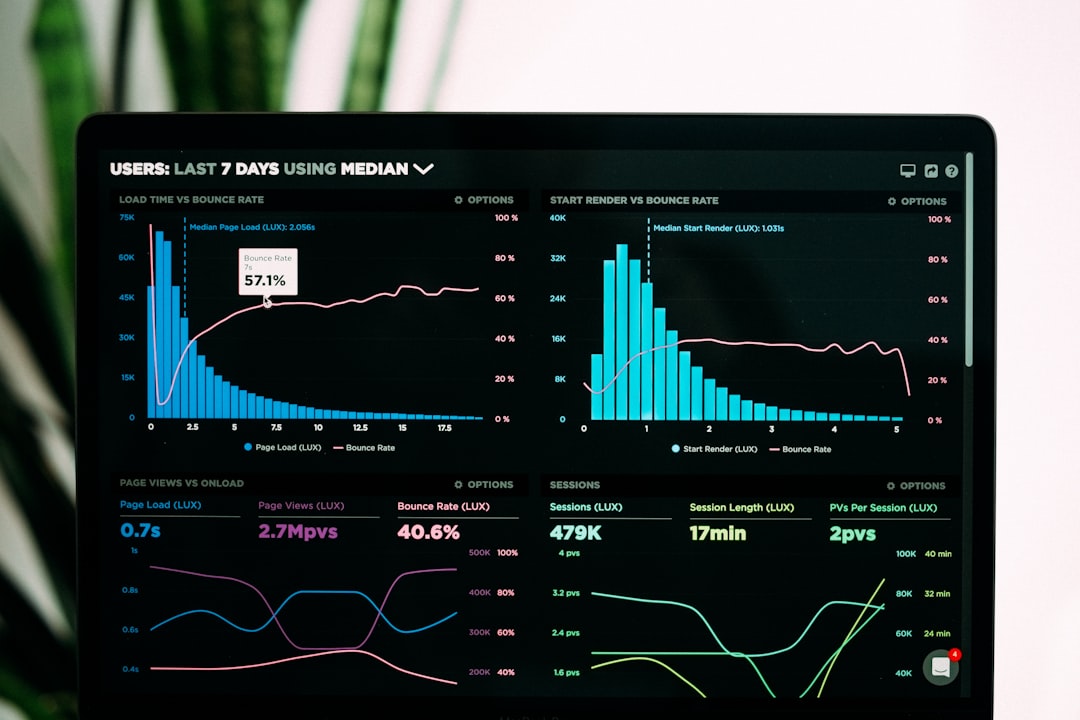
Wearable Devices: Revolutionizing Data Sharing and Brain-Computer Interfaces
June 21, 2023
Read More
Popular
Exploring the Intersection of Technology: From Cybersecurity to Augmented Reality...
November 16, 2025
Read More
The Future of Technology: Exploring Biohacking, Space Tourism, and Digital...
November 23, 2025
Read More
The Future of File Sharing: Streamlined Workflows for Photographers and...
November 19, 2025
Read More
Exploring the Benefits of Cloud Storage and Innovative Technologies in...
November 26, 2025
Read More
The Future of Digital Transformation: Exploring Smart Homes, Efficient File...
November 30, 2025
Read More
Latest
The Future of Digital Transformation: Exploring Smart Homes, Efficient File...
November 30, 2025
Read More
Exploring the Benefits of Cloud Storage and Innovative Technologies in...
November 26, 2025
Read More
The Future of Technology: Exploring Biohacking, Space Tourism, and Digital...
November 23, 2025
Read More
The Future of File Sharing: Streamlined Workflows for Photographers and...
November 19, 2025
Read More
Exploring the Intersection of Technology: From Cybersecurity to Augmented Reality...
November 16, 2025
Read More
The Future of File Management: Embracing Edge Computing and Efficient...
November 12, 2025
Read More
The Future of File Sharing: Exploring User-Friendly Solutions and Data...
November 5, 2025
Read More
The Future of Cloud Storage: How FileLu Empowers Creative Professionals...
November 2, 2025
Read More
The Future of Autonomous Technologies: Innovations in Robotics, File Sharing,...
October 29, 2025
Read More
Emerging Technologies Revolutionizing File Management: From Li-Fi to Robust Collaboration...
October 26, 2025
Read More
Emerging Technologies: Exploring the Impact of File Access Auditing, Genetic...
October 19, 2025
Read More
The Future of Data Storage: Exploring Advanced Encryption, Mobile Integration,...
October 5, 2025
Read More
Exploring the Future of Data Management: Security, Efficiency, and Cognitive...
September 28, 2025
Read More
Revolutionizing Data Management: Innovations in Storage, Security, and Sustainable Technology.
September 24, 2025
Read More

